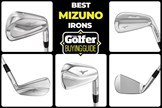Forged or cast? Let me help you decide which are the Best Mizuno Irons in 2025
Last updated:
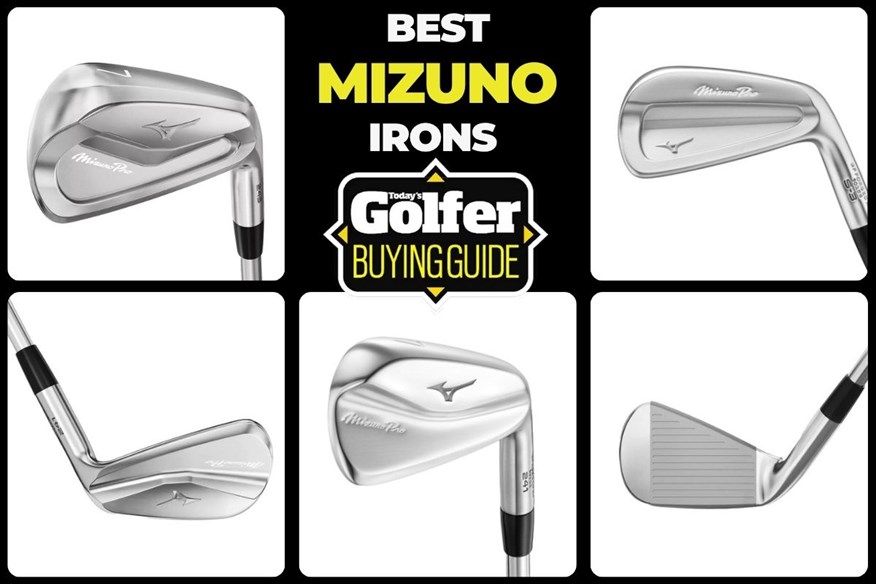
What are the best Mizuno irons for your game? This is your guide to each iron in the Mizuno range, who they’re aimed at, and how they performed when tested by our pro.
The best Mizuno irons have also been some of the best golf irons available for decades, with many golfers believing the Japanese brand’s offerings are simply unmatched in terms of looks, feel, and quality.
Mizuno’s best blade golf clubs have long been the preferred choice of many elite players, but Mizuno caters to all types of golfers, with a range of irons for different ability levels and handicaps. Today, our test results highlight how Mizuno also make some of the best irons for mid-handicaps and even some of the most forgiving irons for high handicappers.
Whether you’re an aspiring tour professional, a beginner, or a regular slower-speed club golfer, there’s a Mizuno iron out there for you. Here’s my rundown of how to choose the best Mizuno iron for your game.
Best Mizuno Irons – Jump to:
Best Mizuno Irons at a glance:
Best Muscleback Blade: Mizuno Pro 241 | VIEW OFFER
Best Tour Iron: Mizuno Pro S-3 | VIEW OFFER
Best Players’ Iron: Mizuno Pro 243 | VIEW OFFER
Best Hollow Body Players’ Distance Iron: Mizuno Pro 245 | VIEW OFFER
Best Cavity Back Players’ Distance Iron: Mizuno JPX 925 Forged | VIEW OFFER
Most Forgiving: Mizuno JPX 925 Hot Metal | VIEW OFFER
Best for Slower Swing Speeds: Mizuno JPX 925 Hot Metal HL | VIEW OFFER
Best Mizuno Irons: what type of iron do you need?
Irons come in an array of styles and are generally broken down into categories, each different style suits a distinct capability of golfer, so you must pick the right category of iron to suit you. The categories you’re most likely to come across are blades/muscleback, players’ cavity backs, players’ distance irons, and game-improver irons. Here’s how to decide which best suits you.
Blades/Musclebacks
Blade golf clubs have smaller heads with narrower toplines and soles; they’re designed to offer great looks, feel, and control. Blades typically have less hosel offset, so the center of gravity is not as far back, so even though most blades have more loft (as the better players who use them don’t crave more distance), they don’t necessarily flight shots shots higher.
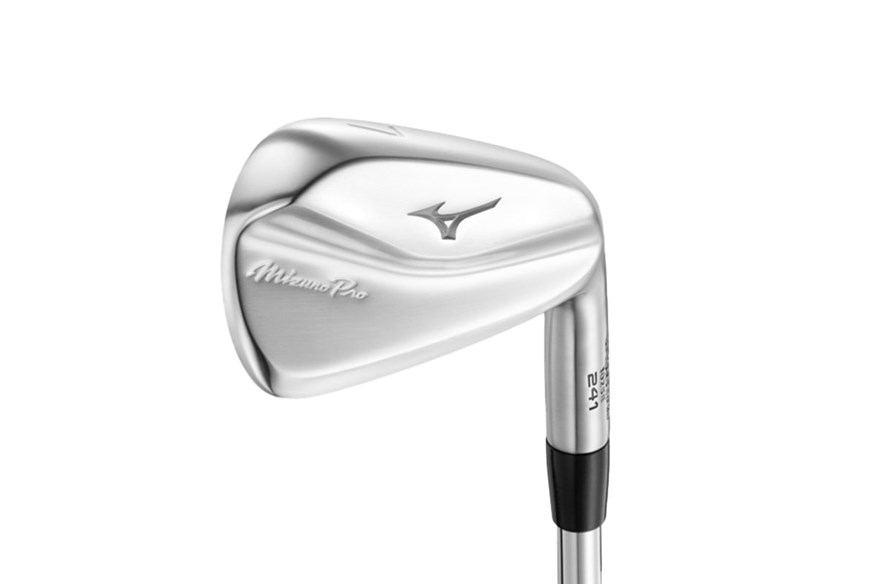
Blades will typically have weaker, traditional lofts (34° or even 35° for a 7-iron) and produce higher spin but less distance than other types of iron. Thanks to the smaller head and more forward CG (center of gravity) the best blades are always the least forgiving irons you can buy. Mizuno produces one muscleback blade the Pro 241.
Players’ Irons
Players’ CB irons are typically aimed at low handicappers, elite golfers, and many tour pros choose models from this category. Expect similar characteristics to blades (small heads, weak lofts, nice looks) but with a shallow cavity back or modern hollow body with a fraction more technology packed in to add just a touch of forgiveness.
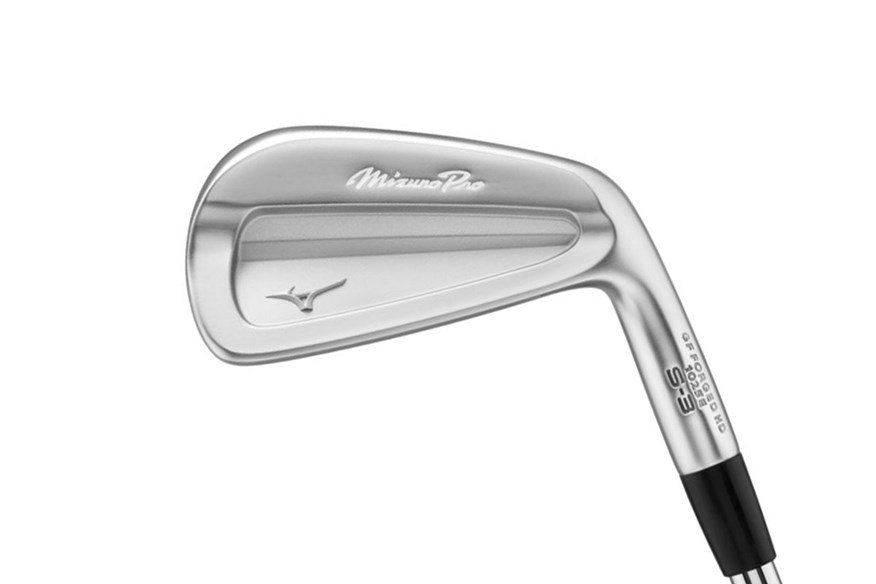
Golfers should not be buying in this category if they need to keep an eye on distance, if you do then players’ distance irons should be the category you’re looking at. If you strike your irons consistently well and don’t need much help with distance or forgiveness, the best players’ irons could be an option for you. Make no mistake, though, there are far more forgiving and distance-boosting irons available.
Mizuno makes two players’ irons both of which are forged, the Pro 243 and Pro S-3.
Players’ Distance Irons
Players’ Distance irons pack a lot of distance and forgiveness potential into head shapes that look great. Spearheaded by TaylorMade’s P790 irons, expect stronger lofts than Players’ irons, although, in an atypical way, you won’t find these irons suit any particular handicap. PD irons can fit a wide variety of golfers at different levels.
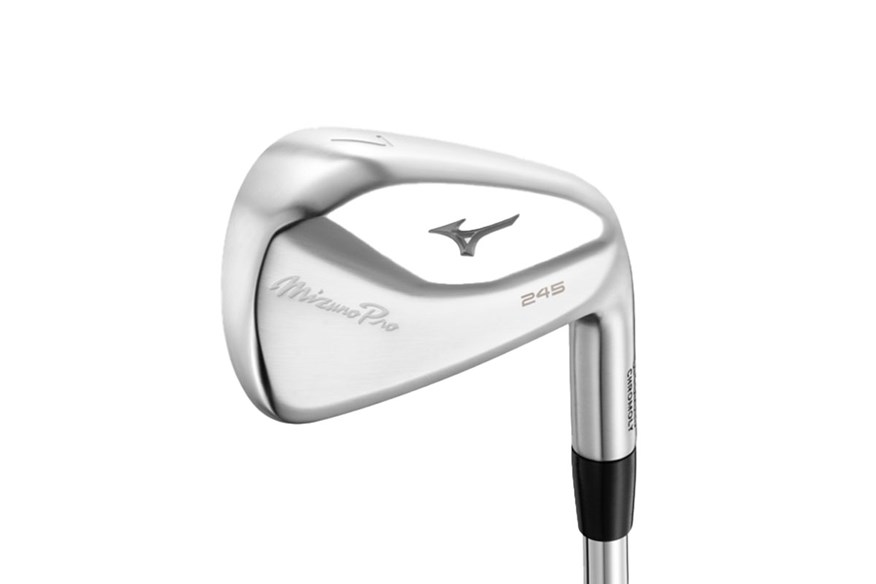
The best players’ distance irons will typically create more speed and distance than blades and players’ models, and while they may not generate quite as much spin, their high launch helps shots hold greens. Mizuno makes the hollow body Pro 245, cavity back JPX925 Forged, and JPX925 Hot Metal Pro, all of which sit within this category.
Game Improver Irons
Without question, the mid-handicap iron category is the highest-selling model in golf, as this is the area most golfers’ games sit within. Game Improver Irons will never be quite as sleek as players’ or players’ distance models, but they are hugely versatile and offer great distance and forgiveness potential.
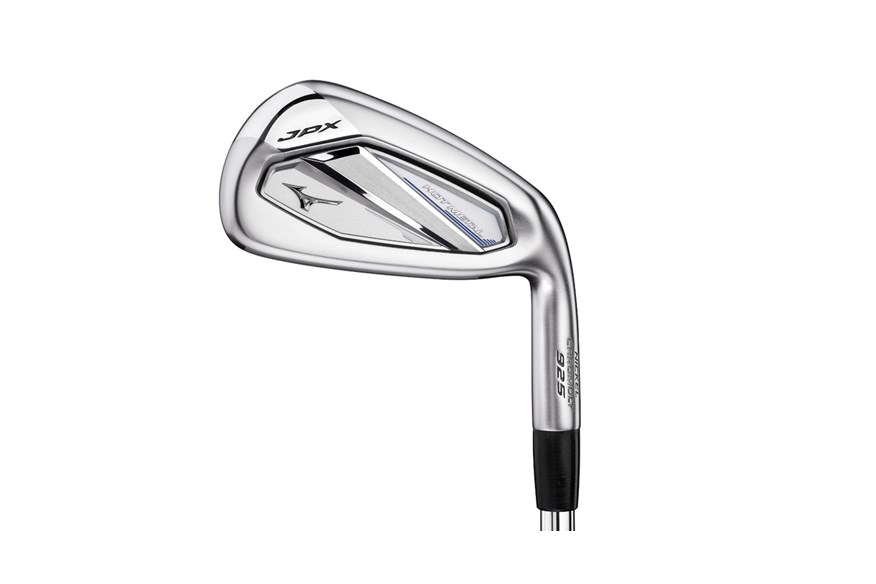
Most golfers will notice how cavity-back game improver irons don’t sound or feel quite as nice as a one-piece forged blade or players’ iron, but the attraction here is that when shots are sprayed across the face of the iron, golfers can still expect reasonable results.
Mizuno doesn’t have nearly as big a reputation for making cast game improver irons as they do with their forged players’ models, but their models are usually very comparable to the likes of the Ping G440, TaylorMade Qi, and Callaway Elyte. Mid-handicap irons usually fall into the hands of golfers with a handicap of 8 or above; they’re good for golfers who value extra forgiveness rather than looks, and the Mizuno JPX925 Hot Metal sits within this category.
Super Game Improver Irons
These irons tend to be the most forgiving, with their bigger, chunkier heads being packed with technology to make it as easy as possible for golfers of all abilities to get the ball airborne and heading in the right direction. They won’t win any awards purely on looks or feel, but if you struggle to hit irons well, the best high-handicap irons could help you.
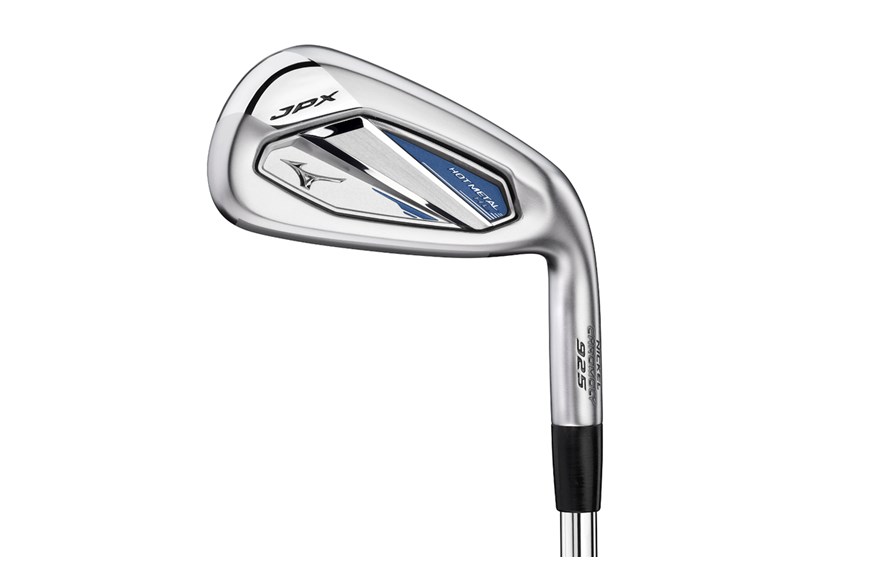
In today’s market higher lofted High Launch irons are trending up. These models are designed for more average-speed players to help flight shots for optimal spin, height, descent angle and carry distance. Mizuno’s JPX925 Hot Metal HL iron fits within this category.
Best Mizuno Irons 2025
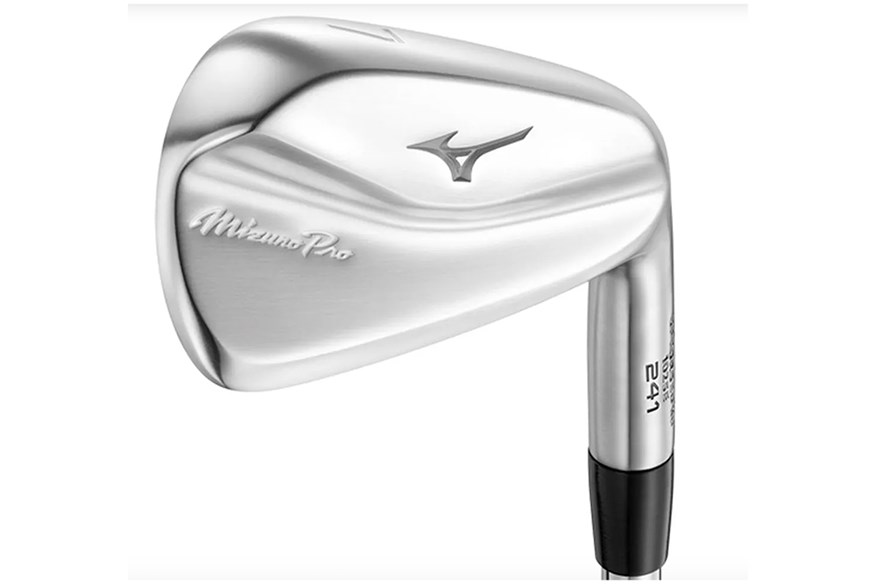

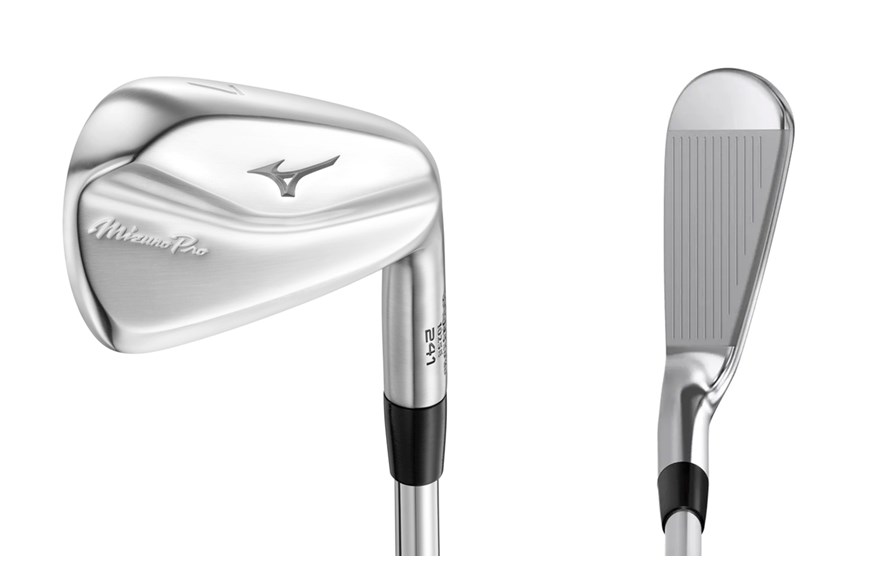
This is still a muscleback iron, so there’s not much in terms of technological changes to be found, but that hasn’t stopped Mizuno from listening to feedback on how it could improve the irons even further. The long irons have had their bounce increased by a degree, as well as the short irons being tweaked by two degrees, to help improve turf interaction – a big factor for anyone who’s seriously considering this kind of head.
Data:
Loft 34º | Clubhead Speed 88.4 MPH | Ball Speed 115.3 MPH | Carry 165.3 Yards | Spin 5,625 RPM | Launch 19.3º | Height 32.0 Yards | Descent Angle 47.3º | L-R Dispersion 6.9 Yards
| Head Type | Muscleback/Blade |
| Set Options | 3-PW (4-PW LH) |
| Stock Shaft | KBS Tour |
| Stock Grip | Golf Pride MCC |
| Material | 1025E Single-Piece Forging |
- Mizuno's Grain Flow Forged HD Process
- Classic, Pure, Bladed Iron Looks
- Copper Underlay Provides Exceptionally Soft Feel
- Increased Bounce Angle for Improved Turf Interaction
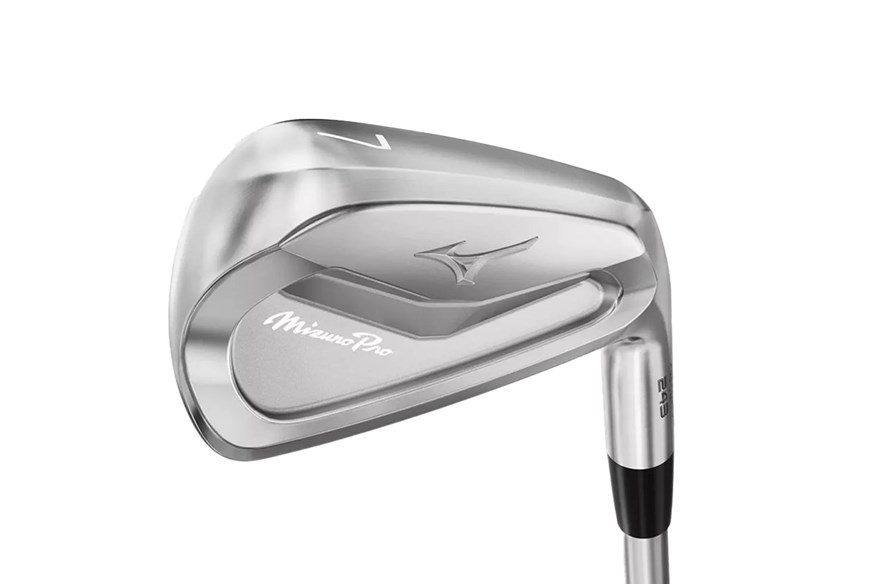

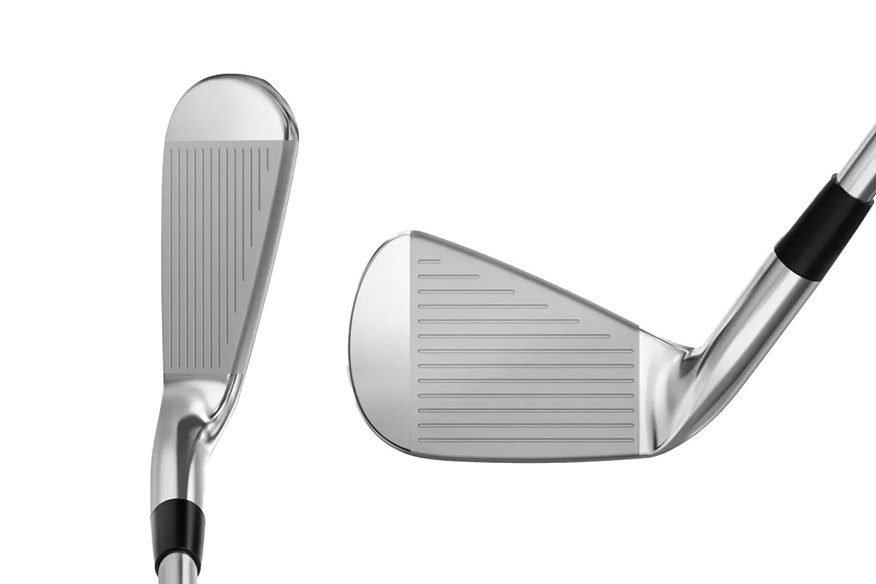
There’s a multi-material construction featured in the 243’s 4-7 irons, built to help lower CG to protect ball speed on low face strikes as well as make the ball launch higher. The 8-GW are made from mild carbon steel that’s been through Mizuno’s HD Grain Flow Forged process to create the iconic feedback you expect from the brand.
The 243’s changes from being a simple cut cavity model to the varied construction is another correct decision from Mizuno that improves the overall product without costing you feel or looks that matter so much in this category.
Data:
Loft 32º | Clubhead Speed 89.6 MPH | Ball Speed 118.7 MPH | Carry 171.3 Yards | Spin 5,599 RPM | Launch 18.9º | Height 33.4 Yards | Descent Angle 47.6º | L-R Dispersion 5.4 Yards
| Head Type | Players Cavity |
| Set Options | 4-GW (RH Only) |
| Stock Shaft | KBS Tour |
| Stock Grip | Golf Pride MCC |
| Material | 4-7 4120 Chromoly, 8-GW 1025E |
- Mizuno's Grain Flow Forged HD Process
- Features both 4120 Chromoly and 1025E Carbon Steel Construction
- Copper Underlay Provides Exceptionally Soft Feel
- Increased Bounce Angle for Improved Turf Interaction


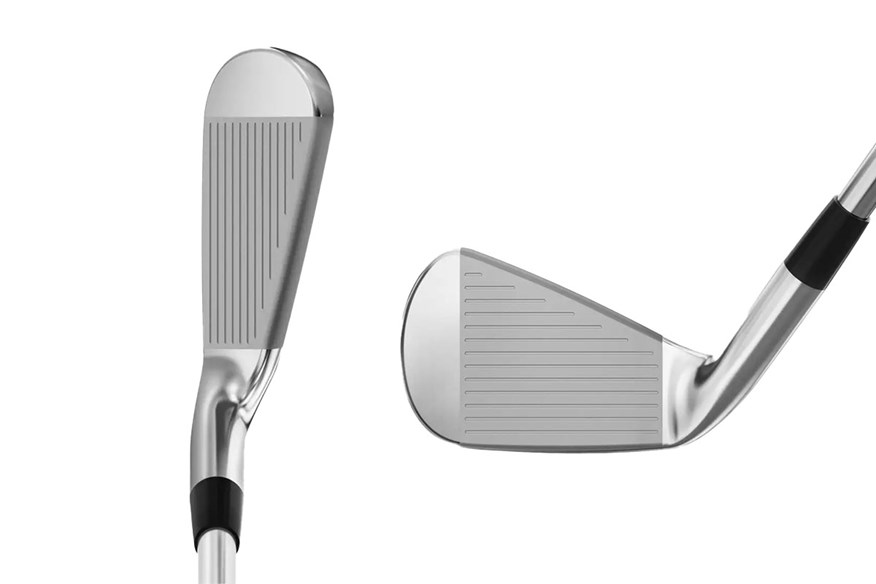
The MP 245 is the most forgiving and strongest lofted of the series, something that has a foot on either side of the classic/modern line, but it handles it well. So well, in fact, that Luke Donald – Ryder Cup Captain and world-class ball-striker - has been gaming a full set of these irons since they originally released.
Not quite as distance-oriented as the JPX 925 Forged head, the Pro 245 is there for the golfer who wants a more modern performance benefit while retaining timeless Mizuno looks.
Data:
Loft 30º | Clubhead Speed 90.1 MPH | Ball Speed 119.3 MPH | Carry 174.5 Yards | Spin 5,181 RPM | Launch 18.2º | Height 32.4 Yards | Descent Angle 46.5º | L-R Dispersion 6.4 Yards
| Head Type | Players Distance |
| Set Options | 2-GW (4-GW LH) |
| Stock Shaft | Nippon Modus Tour 105 |
| Stock Grip | Golf Pride MCC |
| Material | 4135 Chromoly Face/Neck, 431 Stainless Steel Body |
- Mizuno's Grain Flow Forged HD Process
- Copper Underlay Provides Exceptionally Soft Feel
- 4135 Chromoly Face and Neck Construction Combined with 431 Stainless Steel
- Internal Tungsten Weighting in 2-7 irons
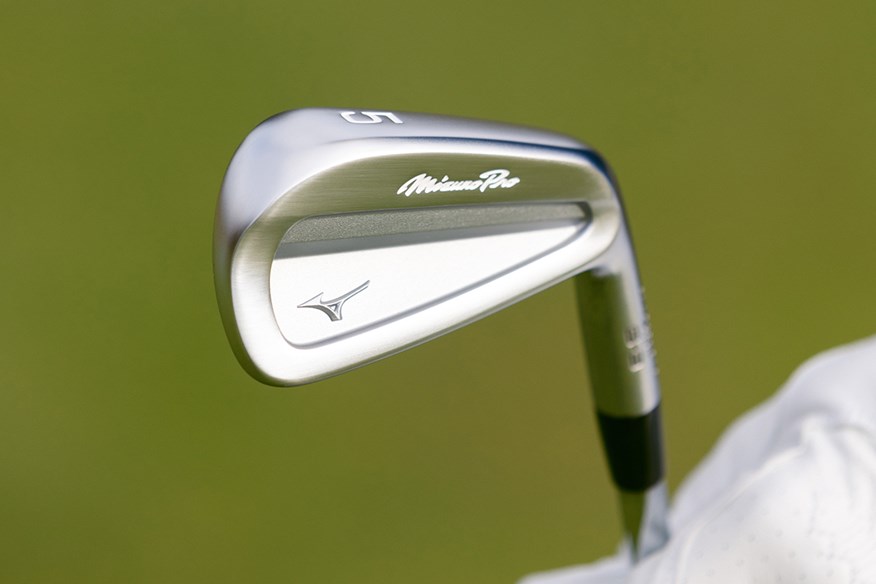

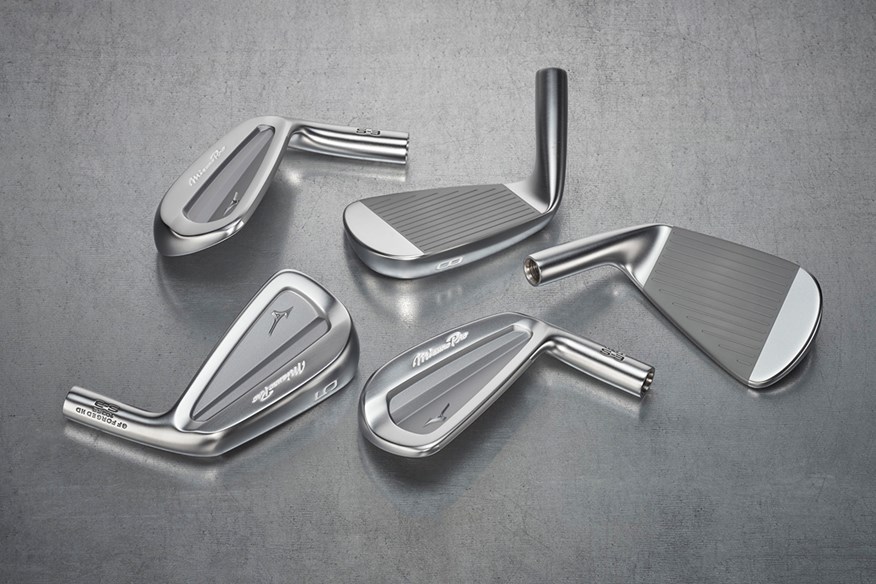
The new Signature series will be added to later in the year with new lines, but the idea is to continue to offer the S-series models over four years instead of the usual two as Mizuno acknowledge that if you’re looking at these very player-orientated products, you’re likely not going to be switching with every single generation so there’s less of a need to constantly renew them.
Data:
Loft 34º | Clubhead Speed 89.1 MPH | Ball Speed 115.4 MPH | Carry 165.8 Yards | Spin 5,530 RPM | Launch 19.1º | Height 31.6 Yards | Descent Angle 46.9º | L-R Dispersion 13.0 Yards
| Head Type | Players Cavity |
| Set Options | 3-PW |
| Stock Shaft | Nippon Modus Tour 120 |
| Stock Grip | Golf Pride MCC |
| Material | 1025E Mild Carbon Steel |
- Mizuno's Grain Flow Forged HD Process
- Copper Underlay Provides Exceptionally Soft Feel
- 1025E Mild Carbon Steel Single-Piece Forging
- Returning Triple Cut Sole Design
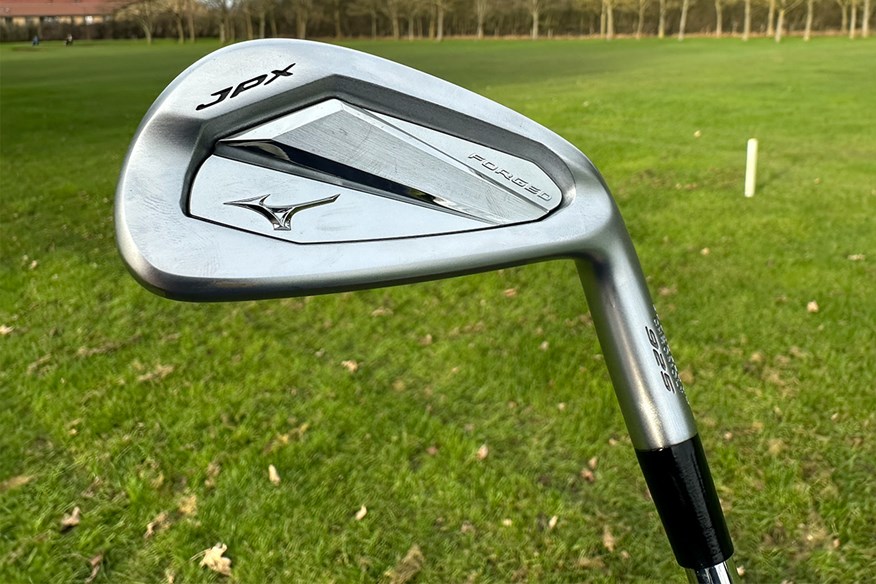

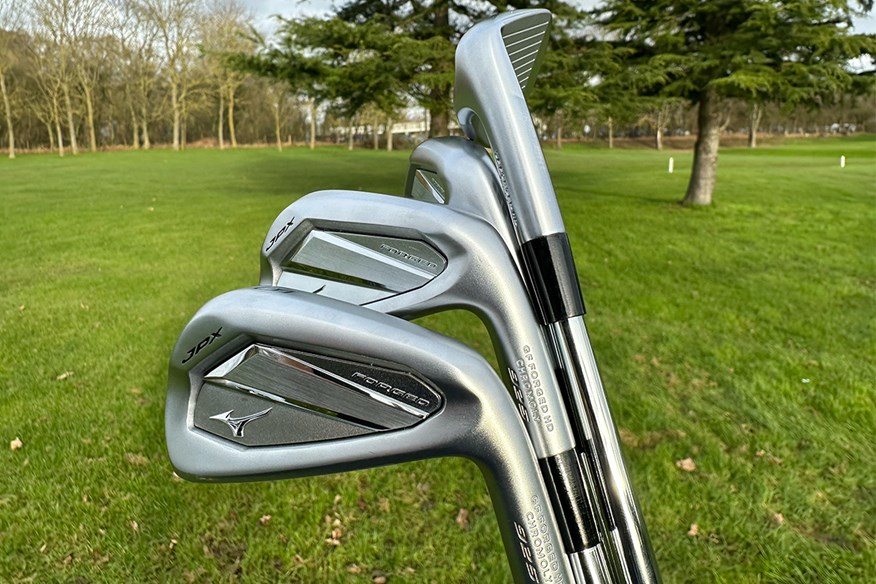
They’ve tried to create a product here that hits as many different styles of golfer as it can. As we’ve said with the Hot Metal family in iron testing, we think this generation will be something of a renaissance for the company, at least in their JPX range.
Mizuno’s willingness to take one step back and look into its past has led to them taking two steps forward with 925. Having only just missed out on a top-three position this year, the JPX 925 Forged is not something we’d say anyone should sleep on.
Data:
Loft 30º | Clubhead Speed 89.9 MPH | Ball Speed 121.0 MPH | Carry 180.9 Yards | Spin 4,576 RPM | Launch 18º | Height 32.5 Yards | Descent Angle 45.9º | L-R Dispersion 5.8 Yards
| Head Type | Players Distance |
| Set Options | 4-GW (Black Edition RH Only) |
| Stock Shaft | KBS C-Taper Lite |
| Stock Grip | Golf Pride MCC |
| Material | 4120 Chromoly 4-7i, 1025E Carbon Steel 8-GW |
- Mizuno's Grain Flow Forged HD Process
- 4120 Chromoly and 1025E Combined Set Construction
- Returning Triple Cut Sole Design
- Dual Finish Options: Tour Satin and Limited Edition Black
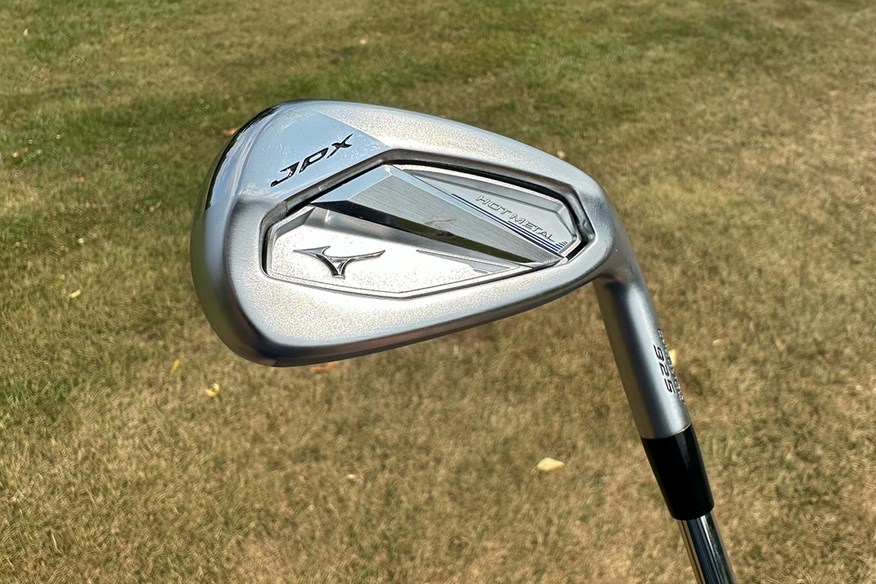

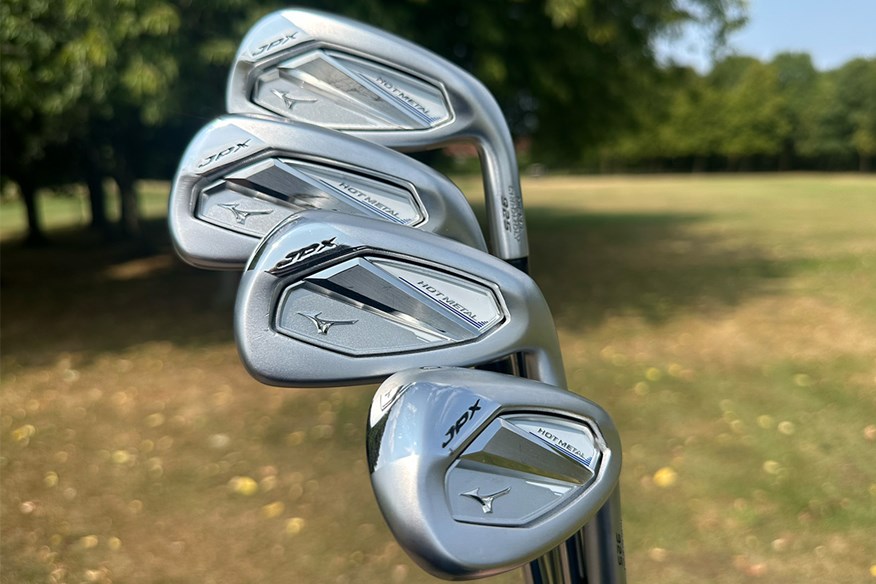
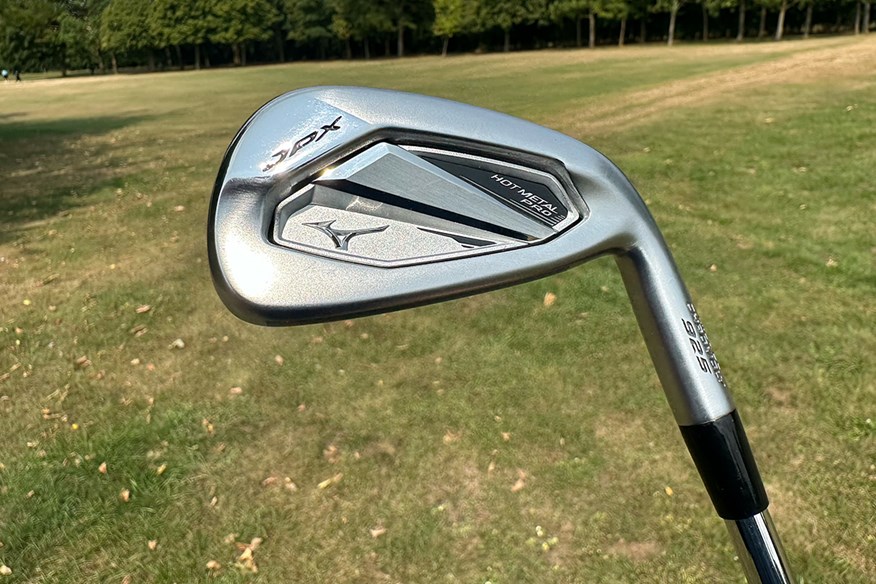
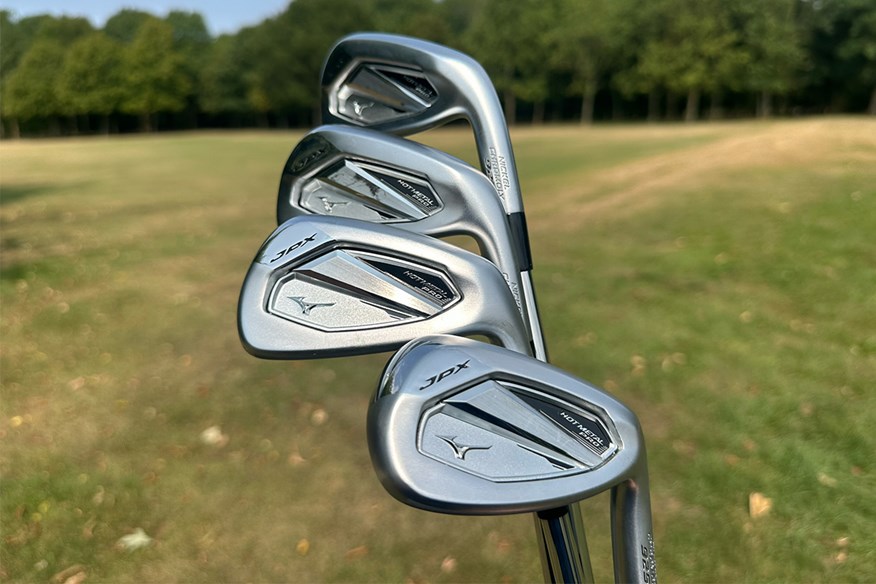
The JPX 925 Hot Metal and Hot Metal Pro irons produced near identical low-spin and high launch during testing, meaning that you can maximise distance in plenty of conditions by creating high trajectory shots from anywhere and any lie on the approach to the green to give yourself the best chance of making more pars. This is all backed up by Contour Ellipse Face, which manages and improves ball speed even from quite severe mishits.
Alternatively, if you're looking for an even easier time getting the ball in the air, or you're not producing enough ball speed to keep the HM and HMP irons in the air with the lower spin, the Hot Metal HL irons have adjusted Center of Gravity as well as weaker lofts to improve and manage your flight.
Data:
JPX 925 Hot Metal
Loft 28º | Clubhead Speed 89.2 MPH | Ball Speed 122.0 MPH | Carry 182.0 Yards | Spin 4,691 RPM | Launch 17.7º | Height 32.8 Yards | Descent Angle 46.0º | L-R Dispersion 10.4 Yards
JPX 925 Hot Metal Pro
Loft 28º | Clubhead Speed 89.4 MPH | Ball Speed 121.0 MPH | Carry 183.4 Yards | Spin 4,167 RPM | Launch 17.5º | Height 31.3 Yards | Descent Angle 44.5º | L-R Dispersion 7.7 Yards
| Head Type | Game Improver |
| Set Options | Hot Metal 4-SW / Hot Metal Pro 4-GW |
| Stock Shaft | Dynamic Gold 105 |
| Stock Grip | Lamkin UTX+ |
| Material | 4335 Nickel Chromoly (All Models) |
- CORTECH Design with Contour Face Technology
- The Thinnest Ever Face on a Mizuno Iron
- Tungsten Weighting Within Mid- and Long-Irons
- Seamless Face Cup Technology for Faster Ball Speeds on Off-Center Strikes
Data comparison: How the best Mizuno irons perform in numbers
Test Pro Data – Shots hit January 2024
| Iron | 7-Iron Loft | Club Head Speed (MPH) | Ball Speed (MPH) | Carry Distance (yds) | Spin Rate (RPM) | Launch Angle (º) | Peak Height (yds) | Descent Angle (º) | L-R Dispersion (yds) |
| Mizuno Pro 241 | 34 | 88.4 | 115.3 | 165.3 | 5,625 | 19.3 | 32.0 | 47.3 | 6.9 |
| Mizuno Pro S-3 | 34 | 89.1 | 115.4 | 165.8 | 5,530 | 19.1 | 31.6 | 46.9 | 13.0 |
| Mizuno Pro 243 | 32 | 89.6 | 118.7 | 171.3 | 5,599 | 18.9 | 33.4 | 47.6 | 5.4 |
| Mizuno Pro 245 | 30 | 90.1 | 119.3 | 174.5 | 5,181 | 18.2 | 32.4 | 46.5 | 6.4 |
| Mizuno JPX 925 Forged | 30 | 89.9 | 121.0 | 180.9 | 4,576 | 18.0 | 32.5 | 45.9 | 5.8 |
| Mizuno JPX 925 Hot Metal Pro | 28 | 89.4 | 121.0 | 183.4 | 4,167 | 17.5 | 31.3 | 44.5 | 7.7 |
| Mizuno JPX 925 Hot Metal | 28 | 89.2 | 122.0 | 182.0 | 4,691 | 17.7 | 32.8 | 46.0 | 10.4 |
How we tested the best Mizuno irons
As part of our annual Best Irons test, we ask every manufacturer to supply our testing pro, Neil Wain, with their irons models built to his specification. We then take a collection of shots with each model, using 7-iron as testing club, to create a dataset for comparisons in each category – Musclebacks, Players Cavity, Players Distance, and Game Improver (we don’t test Super Game Improver irons with Neil as they’re not optimized for him).
Our data expert, Ross Tugwood, then looks through every data point to create a more easily accessible chart, broken down by iron category. You can find out more about how we test golf equipment through the link
